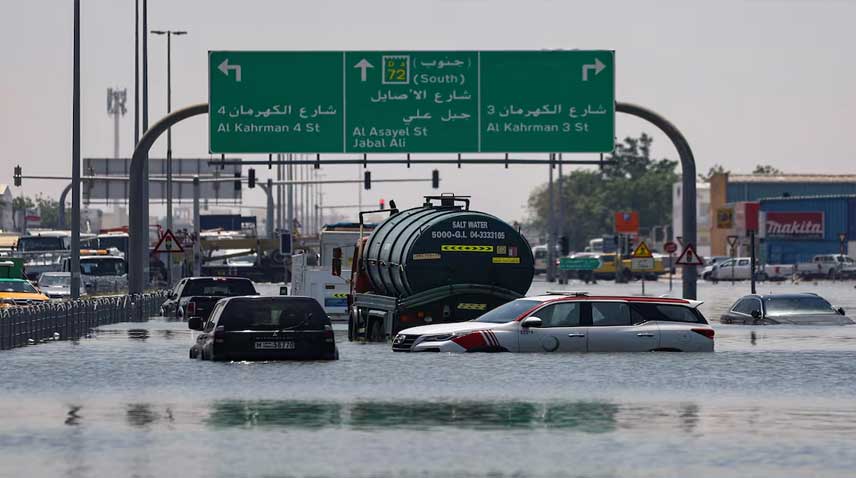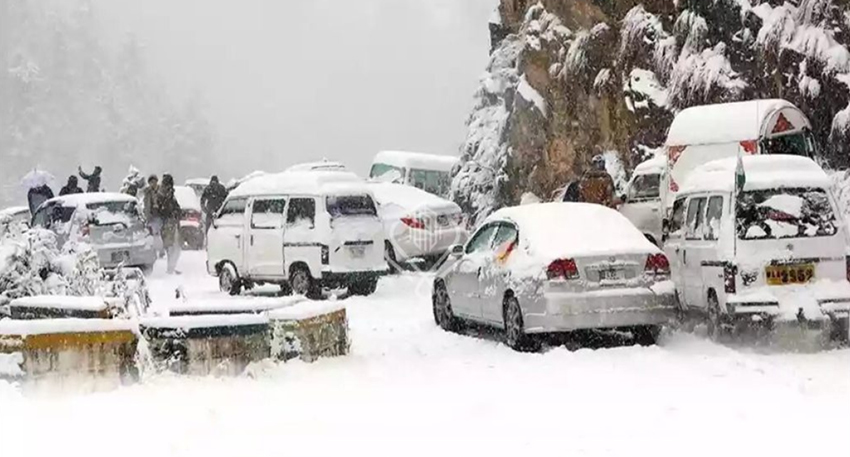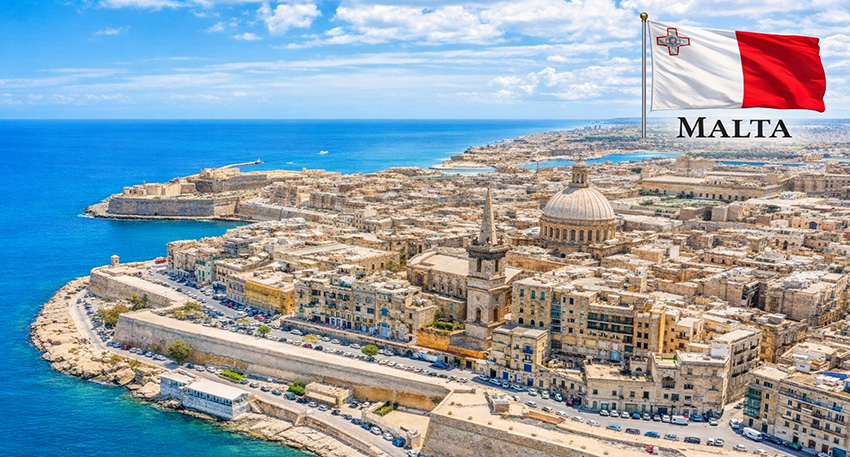
The storm first hit Oman at the weekend, killing at least 20 people, before pounding the UAE on Tuesday with its heaviest rains in 75 years of records.
Two Philippine women and one man died in their vehicles during flooding, the government in Manila said. An Emirati man in his 70s had also died when his vehicle was swept away by floods in the northern Ras Al Khaimah emirate.

Scientists blame increasingly common extreme weather events, such as the rains in UAE and Oman, on human-led global warming.
Dubai International Airport, one of the world’s busiest and a hub for travel around the Middle East, was still struggling to clear a backlog of flights three days after the storm.

It was limiting arrivals for two days until Sunday.
Flagship carrier Emirates, one of the world’s biggest international airlines, said check-in was suspended for people planning to transit via Dubai though those with the city as a final destination could travel as usual.

Dubai, a city in the desert proud of its modern gloss, faced the towering task on Thursday of clearing its waterclogged roads and drying out flooded homes two days after a record storm saw a year’s rain fall in a day.

Dubai International Airport, a major travel hub, struggled to clear a backlog of flights and many roads were still flooded in the aftermath of Tuesday’s deluge.

The rains were the heaviest experienced by the United Arab Emirates in the 75 years that records have been kept. They brought much of the country to a standstill and caused significant damage.
Flooding trapped residents in traffic, offices and homes. Many reported leaks at their homes, while footage circulated on social media showed malls overrun with water pouring from roofs.

In Dubai, the UAE’s most populous emirate, traffic remained disrupted even as public transportation services resumed.
Street closures, detours and partially submerged roads caused heavy congestion, with some cars driving towards oncoming traffic in effort to avoid flooded areas.




